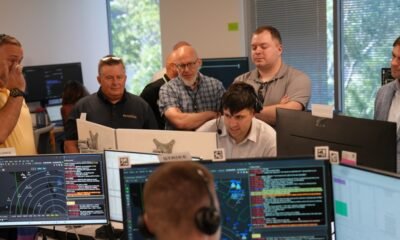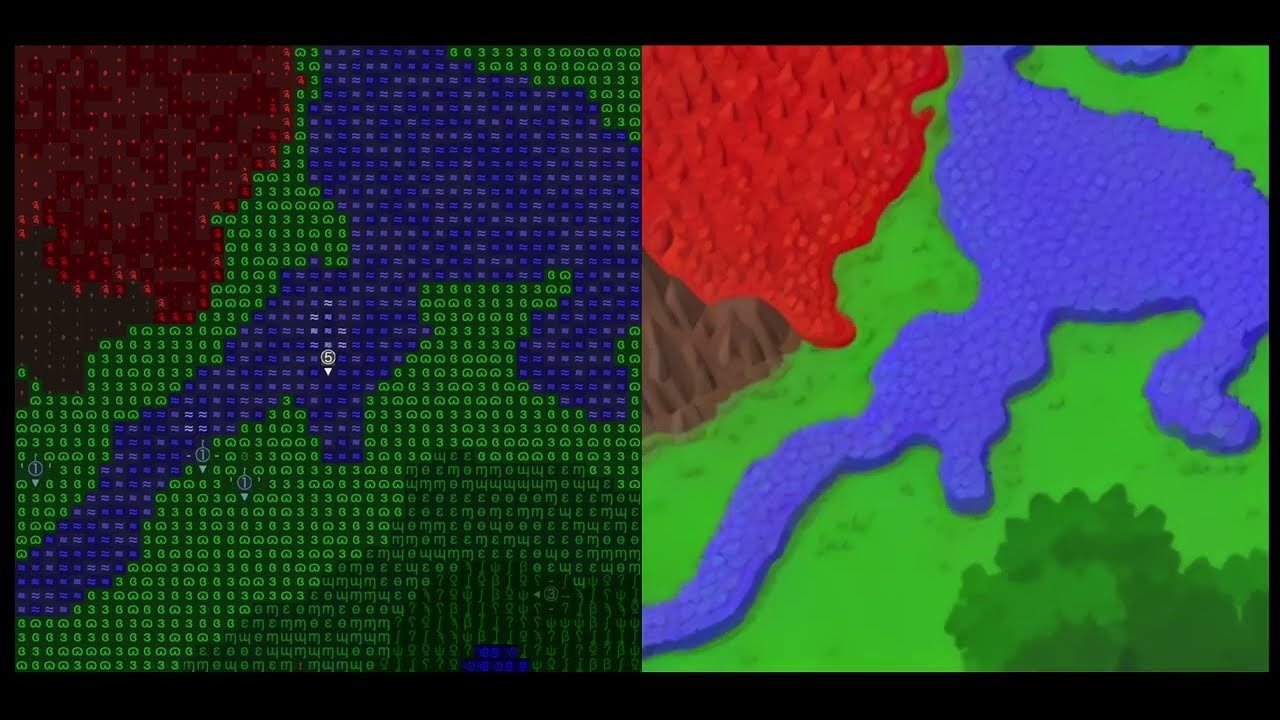This is part one of a three-part series examining how the Air Force is experimenting with artificial intelligence for its DAF Battle Network capability. It is based on several exclusive interviews with the 805th Combat Training Squadron, the Advanced Battle Management System Cross Functional Team, airmen and members of industry.
NELLIS AIR FORCE BASE, Nev. — A model created by the Air Force is underpinning the service’s experimental efforts for how artificial intelligence and machine learning capabilities can speed up and improve accuracy of battle management decisions.
The Transformational Model for Decision Advantage is a methodology developed in 2022 that takes the entire process of command and control and breaks it apart into 52 distinct subfunctions — each one describing a specific choice a warfighter makes during C2 operations, as well as the information they need to make those choices.
Although the model covers applications for sensing, intelligence and C2, in recent months it has been the foundation for Air Force experiments specifically focused on battle management functions, including their biannual capstone events and the new Decision Advantage Sprint for Human-Machine Teaming (DASH) wargames.
The goal is to understand exactly what warfighters consider when conducting C2 at a specific moment in time, and find ways for AI to improve their decision making, according to Lt. Col. Shawn Finney, commander of the 805th Combat Training Squadron — also known as the Shadow Operations Center – Nellis (ShOC-N).
“Eventually, we’d like to teach a computer to do what a human can do. A human thinks about a problem a certain way, some of that is through training and heuristics, however,” he said July 29 during an interview at Nellis Air Force Base in Nevada, where the 805th is based. “And so, [Col. Jonathan Zall] developed this methodology to say, ‘There needs to be specific, repeatable pathways to accomplish a task.’”
Zall, who currently serves as the Air Force’s Advanced Battle Management System (ABMS) capability integration chief, was tasked to develop the transformational model during a time when the department was embracing model-based system engineering for capability development.
Air Force leadership had been approaching the C2 modernization problem from a near-term perspective, but not much was being done to understand what the service needed on longer time horizons, he told DefenseScoop
“Just because they were able to observe what C2 was in that moment, that doesn’t mean that C2 was in its ideal state,” Zall said July 30 in an interview. “We needed something that is going to give the acquisitions community something that they can anchor on, and it isn’t just a model of what we have right now, but a model of what we should get to for modernization.”
The transformational model is one tool the Department of the Air Force is using to develop an integrated “system-of-systems” called the DAF Battle Network in support of the Defense Department’s Combined Joint All-Domain Command and Control (CJADC2) concept. Broadly, the effort seeks to connect siloed sensors and weapons under a single network, enabling rapid data transfer between warfighting systems, domains and international partners.
Turning CJADC2 into a reality has been a herculean effort since its inception, as it requires the Pentagon to work through the bureaucratic and technical hurdles of making hundreds of independently-developed warfighting systems talk to one another.
But defense officials have always said CJADC2 would be enabled by artificial intelligence tools that can aid operators when making decisions — a concept the Air Force is tackling through experiments based on the transformational model.
The 52 subfunctions under the model are divided across four broader areas: battle command, battle planning, battle analysis and battle management. The Air Force is currently focusing its experimental work on battle management, which includes 13 subfunctions that symbolize a specific decision a battle manager has to make during an operation.
Although they are distinct from one another, each subfunction in the model flows into the next to create the entire battle management timeline. For example, the “perceive actionable entity” determines whether an object of interest should become a target, while the “match effectors” subfunction decides the best weapon system available to destroy that target. Those decisions inform the next subfunction, “generate battle courses of actions,” that builds the actions necessary for an operation against that target.
Breaking the battle management timeline down is allowing the Air Force to understand the cognitive decisions made by a battle manager and what kind of AI-enabled capabilities can be implemented to make those decisions faster and more accurate, Finney said.
“In a near-peer scenario, there’s going to be a lot of things — whether its objects of interest, targets, just a lot of information and data to process — [and] having the transformational model is going to help with finding approaches to getting after that scale,” he said. “What it helps us do is determine exactly what we want, … and we’re trying to create future requirements to fulfill a specific need.”
The Air Force hopes that the model will assist in developing a DAF Battle Network comprising multiple artificial intelligence microservices built specifically for each subfunction. In theory, results from the ShOC-N’s experiments with AI would inform future acquisitions of those microservices.
The desired end state is a human-machine team, where AI is doing the brunt of the computational work and humans are given more time to think about moral decisions and creative solutions, Zall said.
“We take the human, and they have the normal tools that a battle manager has … and they’re interacting in their environment with those tools,” he said. “But behind the glass, mostly transparent to them, is this combination of services that are providing them a rich set of options that are counterbalancing human biases.”
Although it was developed by the Air Force, the transformational model isn’t limited to the air domain and has been shared with other military services and international allies, Col. John Ohlund, director of the ABMS Cross Functional Team, said in an interview.
He emphasized that the model is also helping the Air Force break down the battle management problem for industry partners who have participated in ShOC-N experiments, allowing them to easily understand the service’s gaps and quickly write software to fill them.
“This model is useful for industry to observe C2 and specifically battle management decisions,” Ohlund said. “We’re seeing battle management, we’re seeing battle planning and we’re seeing battle analysis through the transformational model as discrete decision functions that the industry understands the requirements, and within a week they can design a tool that solves that particular cognitive load that the human is going through.”
Zall admitted that he isn’t sure the model has completely transformed the Air Force’s efforts to modernize C2 just yet, but said that applying it to their recent experiments has proven that it’s technically feasible for the department to leverage modern computing for battle management.
“Models are useful, but one of the things that it has to be useful for is as a theory. And that theory allows us to experiment,” Zall said. “We’re not professional scientists, but we’re trying to exercise the scientific method to say, ‘We have a theory that tells us that certain decisions will emerge from certain kinds of complex scenarios, and here’s how to make that decision fully informed and as quickly and with the highest quality.’”











































